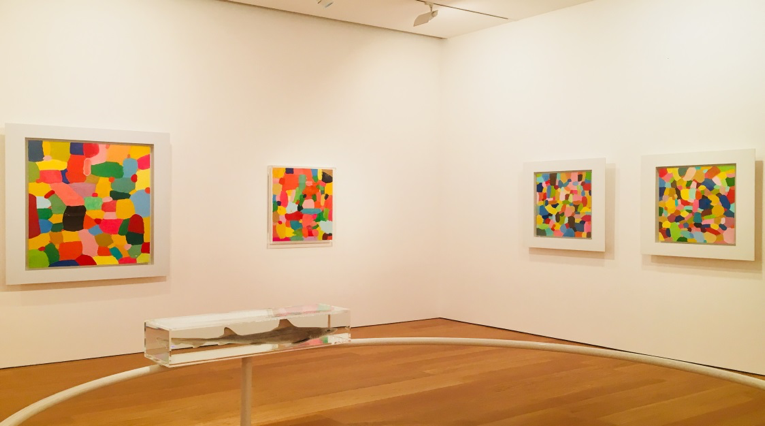
Benefits to Keeping a Sketchbook
Although I’ve probably always understood the value of sketching on a regular basis, that does not mean I always did it. Sure, I’ve bought a sketchbook from time to time with the intent of filling it, but more often than not, the book never got to reach its full potential, and when it did, it was over a much longer time than needed. It wasn’t until fairly recently that I made a commitment to actually fill my sketchbooks with at least one spread a week, and so far I’d say its paid off. Let me tell you why.
The most obvious benefit to sketching often is the same as for doing anything often: you get better, and faster. You see what works and what doesn’t work, and hopefully, you remember what didn’t work the last time in order to not repeat the same mistakes. You also find faster and more efficient solutions to build up what you’ve set out to create.
The second and maybe less pronounced benefit to sketching actually comes from human connection (the most valuable thing, some might argue). When you spend two, three hours or more in one place, you’re bound to both see and interact with more than a few personalities. Whether just spectators or conversationalists, people in general seem to have a natural affection for watching art being made (whether its good or bad), and although some might hide their curiosity, others will not. The people I’ve seen and met during my times sketching are probably enough to fill a whole book at this point.
I could go on for a lot longer about all the additional benefits of buying a sketchbook and going out into the world to capture all the interesting little details that people miss on a daily basis (especially when looking down at their phone screens), but for now, let me leave you with this: the next time you get a chance to sit down in a public space, try to find at least one thing that interests you or makes you smile — no matter how redundant, . Then, take a pencil and a piece of paper and try to capture it as best you can. See how it feels, and if you’re currently not happy with your drawing, just know that you’ll get much better at it down the line if you commit to practicing.
Keep on sketching!
Andreas von Buddenbrock,
Programme designer/
facilitator of Ready Set Draw at CMW








